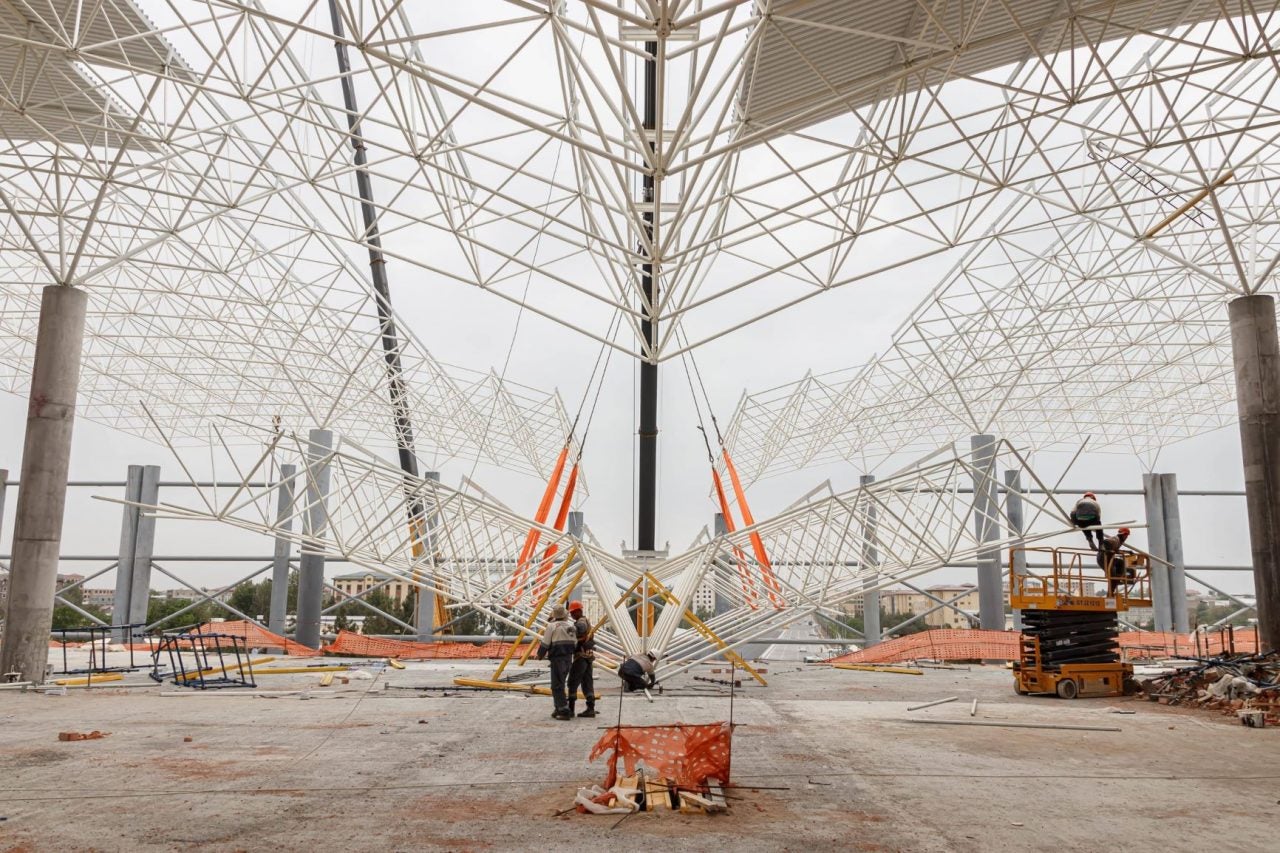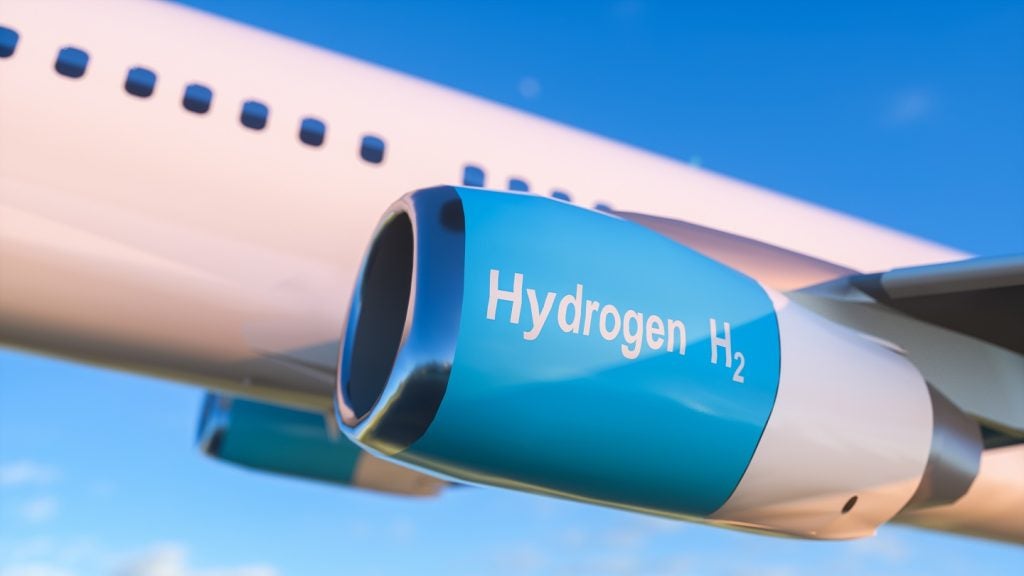
With a history going back to 2,000 years, Samarkand is Uzbekistan’s second-largest city and its most famous one, attracting visitors from everywhere.
As reported by Uzbek news site UZ Daily, statistics showed that pre-Covid tourism was growing steadily in the country, reaching more than six million tourists in 2019, whilst a year later, the UN World Tourism Organisation declared the country the fourth fastest-growing for tourism.
To keep up with increasing tourism even post-Covid, Uzbek authorities have decided to focus on the redevelopment of infrastructure, focusing specifically on Samarkand’s airport.
The redevelopment project was given to Enter Engineering, one of Central Asia’s largest construction companies, and is expected to be completed by September 2021.
Enter Engineering director for the construction of industrial and civil facilities Rustam Khaidarov explains why the project is important for the future development of Samarkand and the whole country.

How well do you really know your competitors?
Access the most comprehensive Company Profiles on the market, powered by GlobalData. Save hours of research. Gain competitive edge.

Thank you!
Your download email will arrive shortly
Not ready to buy yet? Download a free sample
We are confident about the unique quality of our Company Profiles. However, we want you to make the most beneficial decision for your business, so we offer a free sample that you can download by submitting the below form
By GlobalDataCredit: Enter Engineering.
Ilaria Grasso Macola (IGM): When was it decided to redevelop Samarkand International Airport?
Rustam Khaidarov (RK): The decision to redevelop Samarkand International Airport was taken in November 2018 when the President of Uzbekistan Shavkat Mirziyoyev signed a presidential decree to separate the national flag carrier, Uzbekistan Airways and the national airport operator, Uzbekistan Airports.
Initially, it was decided to construct a new terminal at the airport, but the project scope widened following a trip made by the president in July 2019.
IGM: What was the rationale behind it?
RK: Samarkand has been at the crossroads of world cultures for over 2,000 years and is one of the most important sites on the famous Silk Road.
Due to its geographical location and its historic monuments, it is an increasingly important tourist hub for Uzbekistan.
The number of foreign visitors and pilgrims visiting Muslim shrines has been rapidly increasing over the last decade. In early 2020, the United Nations’ World Tourism Organisation reported Uzbekistan as the fourth fastest-growing country for tourism in the world.
First built in 1967, Samarkand International Airport is Uzbekistan’s second busiest airport.
However, existing airport facilities did not meet modern international standards and could not cater for the anticipated, increased visitor levels. The need for a modern, high-tech, international quality airport to act as a gateway to historic Samarkand was, therefore, a pressing one, and the principal motivating factor for this project.
IGM: What does the project entail? How many phases will there be?
RK: Redevelopment of the airport is now 80% complete and entails reconstruction of the international terminal, construction of another terminal, the building of a new runway and modernising radar systems. The project also includes the construction of 24 parking spaces to accommodate all types of aircraft and a 700-space passenger car park.
When complete, the airport’s capacity will increase from 350 to 1,000 passengers per hour, with potential passenger traffic going up from 460,000 to two million per year. The number of flights will also go from 40 to 120 per week.
IGM: What challenges are you expecting to face or have you faced? Did the Covid-19 pandemic impact the plans in any way?
RK: Unsurprisingly, our greatest challenge was the pandemic and global measures taken to prevent the spread of the virus. This affected the supply of materials and equipment, access to qualified personnel into Uzbekistan, and project timings. However, we took several effective measures to mitigate against the worst effects and restrictions. This has allowed us to keep and meet our construction deadlines.
For example, we implemented an action plan to prevent and reduce the risk of infection of project workers. This included the use of personal protective equipment, measuring the temperature of employees, good hand hygiene practices, and training personnel in infection prevention and control.
We also introduced a quarantine system to manage any workers suspected of being infected and their supervision by qualified medical personnel.
IGM: How will the airport transform Uzbekistan?
RK: Airports are catalysts for all sorts of positive things. They are not merely hubs for travellers.
The larger an airport, the more people it employs. That creates jobs and tax revenues – which is good for the country. Airports connect trade, both business executives travelling, or companies shipping cargo. Larger, more efficient airports make Foreign Direct Investment easier, which encourages commerce, and provides access to valuable foreign currencies.
For tourists, they help form positive first impressions of countries, encouraging them to spread positive news about why to visit Uzbekistan. Tourists can be domestic visitors too, so it encourages our own citizens to visit their own country. This is good socially and economically.
As Uzbekistan invests in its airport infrastructure, its tourism, and strengthens its international links, a newly redeveloped Samarkand International Airport with capacity for more visitors, will play a transformational role in Uzbekistan (and Samarkand’s) growth and development.







